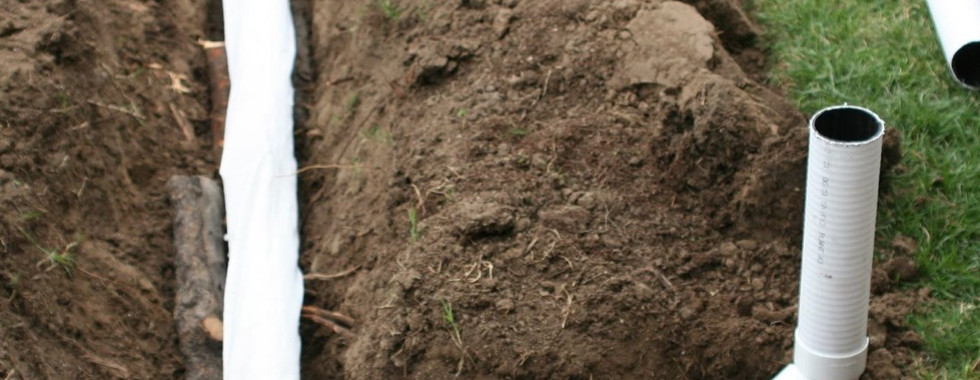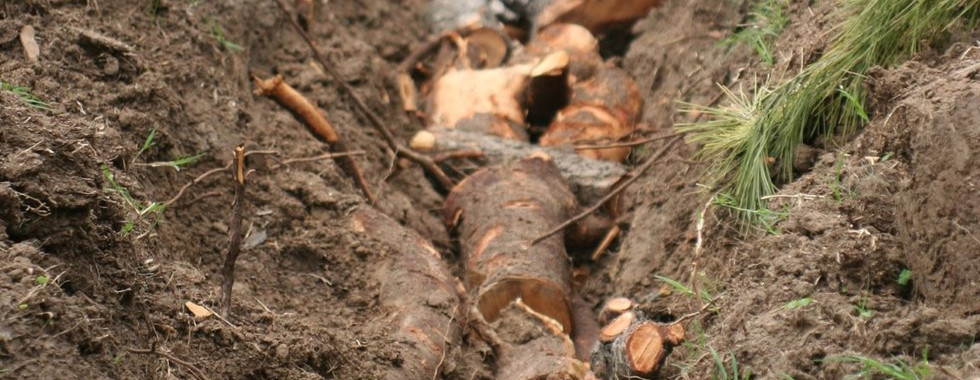Introduction to Hugelkultur and Its Use in Our Urban Permaculture Farm
- Mar 24, 2023
- 3 min read
If you're interested in permaculture and sustainable gardening, you may have heard of a gardening technique called "hügelkultur". Hügelkultur is a type of raised garden bed that is created by layering organic materials such as logs, branches, leaves, and compostable materials to form a raised mound. This technique is believed to have originated in Germany and has become popular in permaculture circles around the world.
At our urban permaculture farm, we have been using hügelkultur in our garden beds to create nutrient-rich soil that can support plant growth while reducing our environmental impact. Here are some of the benefits of using hügelkultur in our garden:
Soil building: As the organic materials in the hügelkultur bed slowly break down over time, they release nutrients into the soil, creating a fertile growing medium that can support plant growth for years to come.
Water retention: Hügelkultur beds are known for their ability to retain water, which is especially important in areas with limited rainfall. The organic materials in the bed act like a sponge, absorbing water and releasing it slowly over time, reducing the need for frequent watering.
Sequestering carbon: Hügelkultur beds can help to sequester carbon by storing organic matter in the soil, which reduces the amount of carbon dioxide in the atmosphere.
Low maintenance: Once established, hügelkultur beds require very little maintenance. The organic materials in the bed continue to break down over time, releasing nutrients into the soil and reducing the need for fertilizers and other inputs.
We chose to build our hügelkultur a little different than normal. We had installed a french drain two feet deep directing rain water from our roof away from our foundation and towards the middle of our backyard whare we wanted our trees planted. Here's how we created our hügelkultur beds:
Choose a site: We selected a sunny area in our garden that was well-drained and had good air circulation.
Collect organic materials: We collected logs, branches, leaves, and other compostable materials from our property and from our community.
Build the bed: We started by laying down a layer of logs and branches on the french drain, followed by a layer of leaves and other compostable materials. We repeated this process until the bed was about 1 foot above ground level.
Add topsoil or compost: We added a layer of topsoil or compost to the top of the bed to provide a fertile growing medium for our plants. We also covered the entire area with thick mulch.
Plant: Once the bed was constructed and filled with soil, we planted our fruit trees and other plants.
We have been thrilled with the results of our hügelkultur beds so far. Our fruit trees are growing strong and healthy, and we have been able to reduce our water use and fertilizer inputs while creating a more sustainable and productive garden space.
If you're interested in learning more about hügelkultur and how it can be used in your own garden, we encourage you to do some research and give it a try. You may be surprised at the benefits it can provide!
Help Us Grow!
At Rusty Top Farms, we're dedicated to supporting our veterans and helping them experience the healing power of gardening. We're currently raising funds to build garden crates for veterans who may not have access to a garden or who may need extra support to get started.
Each garden crate costs us $300 to build, and we rely on donations from our community to make this project possible.
If you'd like to support our mission and help us build garden crates for veterans, please consider making a donation through our fiscal sponsor at https://www.rustytopfarm.com/donate .
Every donation counts and makes a difference in the lives of our veterans.
Thank you for your support and let's continue to work together to support our veterans and build a more resilient community!


















Comments